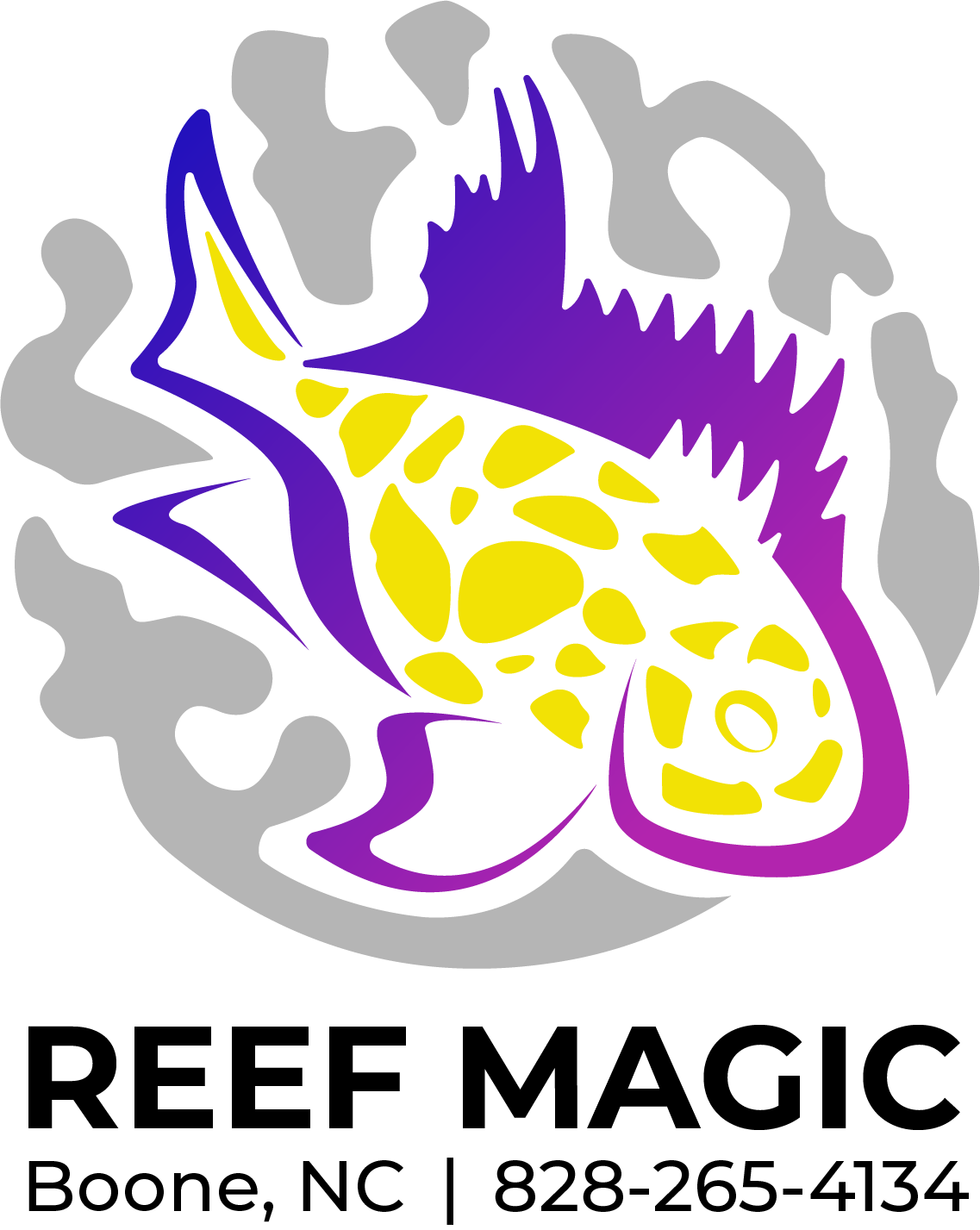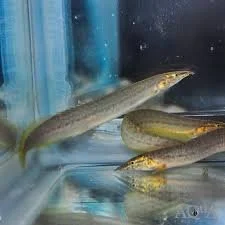 Image 1 of 1
Image 1 of 1


Eel- Fire XLarge 14-16in
A fire eel is an elongated freshwater fish with a dark body and bright red or orange stripes. It has a pointed snout, small pectoral fins, and a streamlined body, though it is not a true eel. Fire eels are carnivorous, nocturnal, and intelligent fish that can grow up to 2-3 feet long, and they are best suited for experienced aquarists with large tanks and compatible tank mates.
Appearance
Body: Elongated, snake-like body.
Color: Dark body (black, brown, or tan) with bright red or orange stripes. Its coloration can appear different depending on the lighting.
Snout: A narrow, pointed snout.
Fins: Small pectoral fins near the head and a paddle-like tail.
Behavior
Nocturnal: More active at night and often hides during the day.
Intelligent: Can recognize their owners and become interactive, sometimes even taking food from a hand.
Burrowing: In natural and aquarium settings, they will burrow into soft substrates for shelter.
Care
Diet: Carnivorous, requiring a protein-rich diet of live or frozen foods like worms and shrimp.
Tank: Needs a spacious aquarium, at least 75-125 gallons, with a soft substrate like sand.
Tank mates: Best kept with other large, peaceful fish that cannot fit in their mouths. Avoid small fish that can be eaten.
A fire eel is an elongated freshwater fish with a dark body and bright red or orange stripes. It has a pointed snout, small pectoral fins, and a streamlined body, though it is not a true eel. Fire eels are carnivorous, nocturnal, and intelligent fish that can grow up to 2-3 feet long, and they are best suited for experienced aquarists with large tanks and compatible tank mates.
Appearance
Body: Elongated, snake-like body.
Color: Dark body (black, brown, or tan) with bright red or orange stripes. Its coloration can appear different depending on the lighting.
Snout: A narrow, pointed snout.
Fins: Small pectoral fins near the head and a paddle-like tail.
Behavior
Nocturnal: More active at night and often hides during the day.
Intelligent: Can recognize their owners and become interactive, sometimes even taking food from a hand.
Burrowing: In natural and aquarium settings, they will burrow into soft substrates for shelter.
Care
Diet: Carnivorous, requiring a protein-rich diet of live or frozen foods like worms and shrimp.
Tank: Needs a spacious aquarium, at least 75-125 gallons, with a soft substrate like sand.
Tank mates: Best kept with other large, peaceful fish that cannot fit in their mouths. Avoid small fish that can be eaten.





